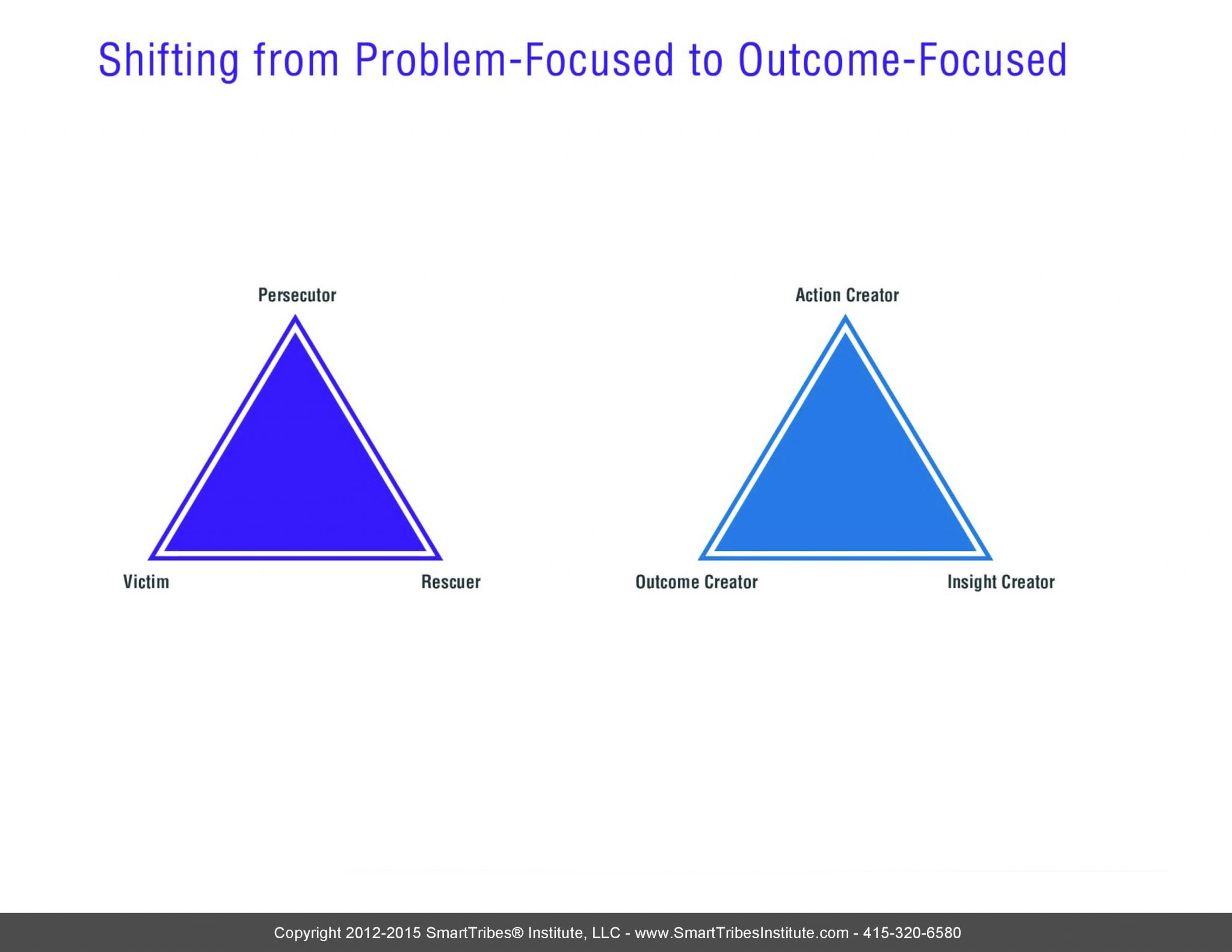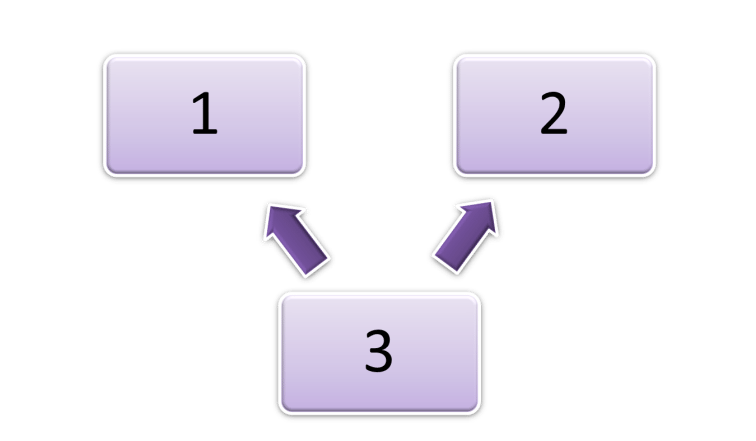
Are You Outcome Focused?
December 3, 2015
The Secret To Surviving Your Holiday Office Party
December 15, 2015Are stress, anger and conflict common themes in your organization?
Are deadlines being missed, accountability consistently dropped and a lack of understanding and/or rapport prevalent?
We have a new neuroscience-based tool for your toolbox that will help you gain new insights, develop the skill of stepping back, experiencing another’s map of reality and target specific behavior changes you want to make.
Before we dive into this new tool, let’s do a quick recap of proven tools and processes that were discussed in previous blogs that will help move your team from chaos to clarity.
Getting Your Team Into Their Smart State
Communication Styles That Work
Combining this new tool, with the proven tools and processes that we’ve discussed in previous blogs, will move your team from madness to momentum. So let’s get rid of office conflict.
Perceptual Position Makes The Difference
- Perceptual: your perception in relation to immediate sensory experience
- Positions: the physical location of your body
This is an exercise that our leadership coaching clients and their teams have found to be extremely helpful when conflict arises in their organizations. The first step is to create a list of the top three people that you have had less than optimal experiences with recently. Arrange three chairs in a room where you can have some privacy. Take a deep breath, work though the steps below and be prepared to gain some really cool insights.
Ready to move from madness to momentum? Let’s begin!
- Recall an interaction with someone that didn’t go as well as you would have liked or that was difficult or about which you would just like to experience more wisdom and choice. Alternatively you may want to determine future interaction in which you would like to be more resourceful.
- Arrange two chairs facing each other and a third chair in a neutral location, equidistant from the other two chairs.

- Now sit in chair #1 and re-experience the original interaction from your own point of view, seeing the other person in chair #2. Just run through that entire experience, in the privacy of your own mind, seeing the other person over there in that chair. Speak out loud to chair #2 as if the person were really there. Say what is upsetting/concerning you, how you feel, what you want.
- When that is complete, get up and move around, shake it off, count backwards, do something to have your mind completely dis-engage with what you just said. We call this pattern-interrupt a break state.
- Next sit in chair #2 and experience the original interaction from the other person’s point of view, seeing yourself in chair #1. Take a moment to deeply step into them—to be them. Look through their eyes, hear with their ears, breathe with their lungs. . Speak out loud to chair #1 as if the “you” person were really there. Say what is upsetting/concerning you, how you feel, what you want, all from “being” the other person.
- When complete get up and break state. Dance a dance, recite a poem. Do anything to have your mind quickly shift states to neutrality.
- Next sit in chair #3 and, as a neutral observer, recapping what the two parties said. As you replay, “watch” these two people interact from the point of view of an impartial observer, noticing what you, as the observer, can see or discover about the interaction from this perspective. Continue until you have replayed the interaction and it is finished. Now say out loud what is going on for each of the two parties. Notice what each one really wants and feels, and what they can do to bring harmony to this interaction.
- When complete, stand up, break state again.
- Next Take your experience from all three locations, including any new or useful discoveries you may have gained from any or all of the positions. It’s time to synthesize your findings and experience so you can return to the “real” world and make a positive difference.
What did you experience? What did you see? What did you hear? What did you feel?
Take a moment to really internalize everything that you took away from that exercise. Don’t rush into doing this exercise again with the next name on your list. Give yourself some breathing room before you take action on the insights you gleaned.
After you have done this exercise with all of the names on your list, share this tool with your team. Give them the gift of understanding where their peers, direct reports and leaders are coming from. Remember to provide a safe place for them to take full advantage of the Perceptual Positions exercise.
There is no room for judgment here, there is only room for gaining insights and understanding.
Like you (the leader), your team will gain new insights, develop the skill of stepping back, experiencing another’s map of reality and target specific behavior changes they want to make.
The net-net? Your team will move past conflicts that are holding them back and increase or regain focus on their goals.
Enjoy leading your team from madness to momentum!




